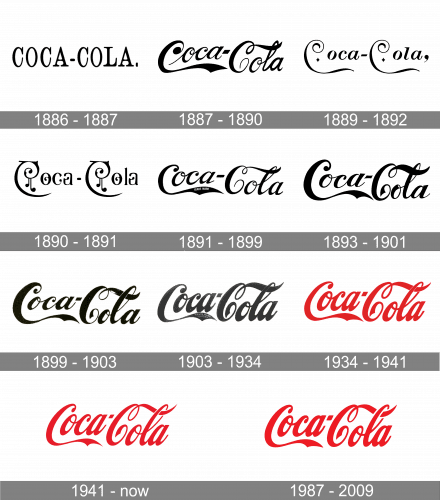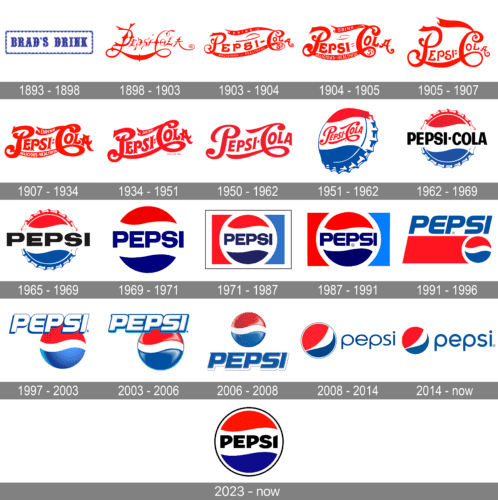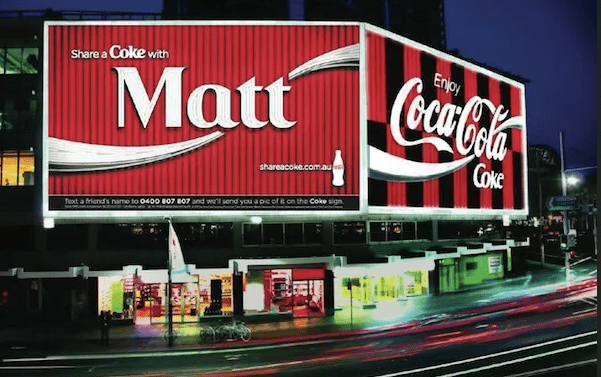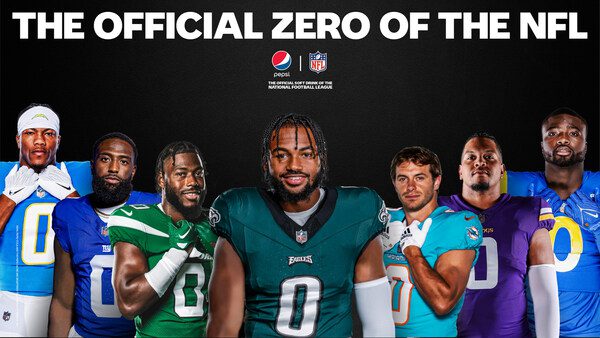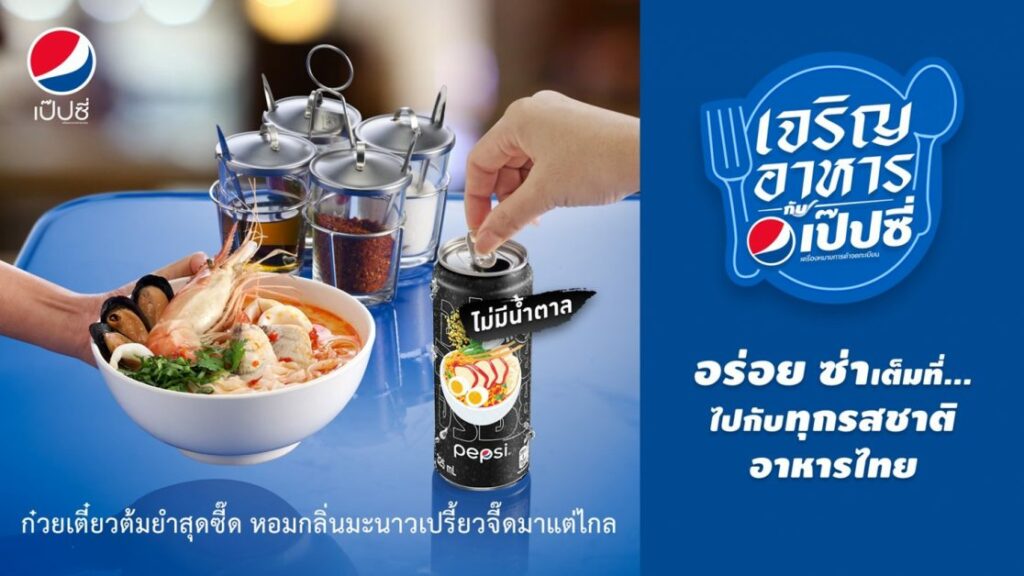Pepsi Vs Coca-Cola: Marketing Lessons From Two Iconic Brands
Are you team Pepsi or team Coca-Cola? When it comes to the showdown of sodas, these two giants maintain their own strong positions. For more than a century, these two have not just managed to dominate the market but also have been locked in a fierce battle for market supremacy. The similarity of their products is just a starting point but it’s their marketing duel that presents a more interesting topic of discussion. And this Pepsi vs Coca-Cola marketing phenomenon is what we will explore in today’s blog.
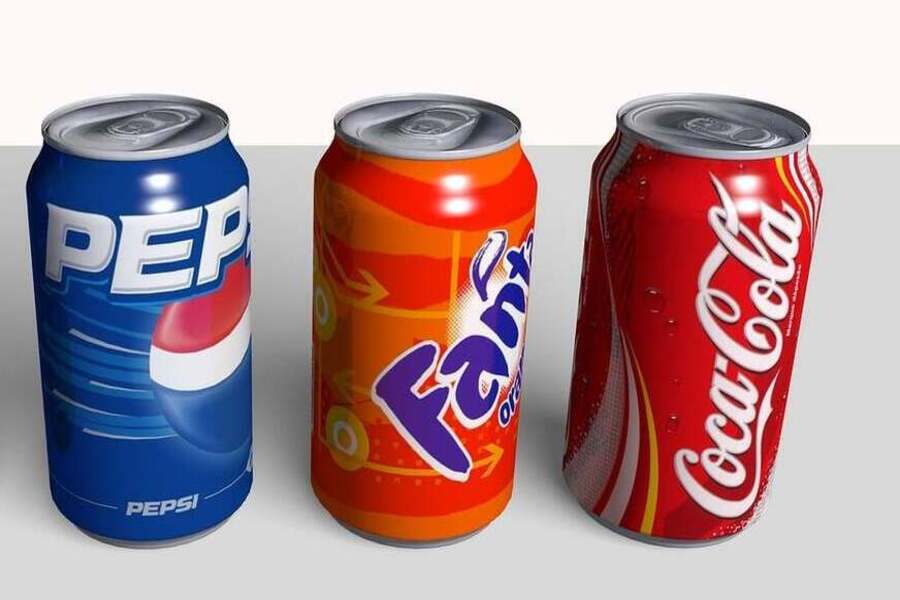
From the distinct brand elements to the nuances in their brand personalities, the strategies these brands adopt in order to engage their customers and scale different markets – there are various aspects to examine.
Ready to learn from these beverage giants? Let’s begin with a quick introduction to their origin stories.
- Pepsi Vs Coca-Cola – a Quick Look at Their Origin Stories
- Understanding the Brand Identities – Pepsi Vs Coca-Cola
- Pepsi Vs Coca-cola – Understanding Their Marketing Strategies
- Leveraging Emotions in Marketing
- Sponsoring Events and Building Communities
- Celebrity Endorsements
- Tapping Into Product Pairing as a Way of Marketing
- Pepsi Vs Coca-Cola – The Verdict
Pepsi Vs Coca-Cola – a Quick Look at Their Origin Stories
Coca-Cola – the birth of an icon
Coca-Cola’s journey began in 1886, when John Pemberton, concocted a syrup that would later become the world-famous Coca-Cola beverage. The name of the brand was derived from the pivotal ingredients namely – coca leaves and kola nuts.
Did you know that Coca-Cola was initially promoted as a headache cure?
Over the years, the brand has evolved and added several new flavors and variants but the classic version that retains the original recipe still has its cult following.
Pepsi – the rise of a challenger
Pepsi’s inception was in 1893, less than a decade since Coca-Cola was founded. Like Coca-Cola, Pepsi was initially promoted as a relief for indigestion. The drink was marketed under the name “Brad’s Drink” initially only to become Pepsi-Cola in the coming years and just Pepsi a few years later.
Understanding the Brand Identities – Pepsi Vs Coca-Cola
Can you imagine the Pepsi logo as a script typeface wordmark? Or the Coca-Cola logo in black? Well, you’ll be surprised when you look back at how the brand identities of these two iconic brands have evolved.
Coca-Cola’s brand identity – a lesson in timelessness
In the Pepsi vs Coca-Cola branding difference, logo design is one of the strongest differentiators. The below image gives a glimpse of the evolution of the Coca-Cola logo.
As can be seen, the signature script typeface in the Coca-Cola logo was introduced in the early 1880s. Frank Mason Robinson proposed the design based on a personalized Spencerian script typeface.
From the decorative flourishes to the kerning between the characters, there are many personalized details that create a memorable design. And its inherent simplicity has helped the logo stand the test of time. Moreover, the cheerful typeface also perfectly aligns with the brand’s “happy” personality.
Now about the next most important brand element – the brand color – red. Did you know that the Pepsi logo was once red? This was even before Coca-Cola started adopting red as its primary logo color. More about this when we discuss the Pepsi brand identity.
Coca-Cola has been using red as the only color in its logo since 1934. And today, the signature red can of Coca-Cola and the red of its logo are well-recognized brand elements. Furthermore, red also accurately captures the sense of excitement and energy that the brand has been associating itself with.
Pepsi’s brand identity – a lesson in adaptability
Pepsi, in stark contrast to Coca-Cola, has crafted a brand identity that exudes youthful energy and ambition. The below image summarizes the evolution of the Pepsi logo over the years. Notice that Pepsi briefly used a script wordmark logo similar to that of Coca-Cola and that Pepsi was the first one to use red in its logo.
Pepsi recently underwent a major logo makeover which includes a much more vibrant color palette and an updated typeface. Read more about this rebranding in our blog here.
Now to understand the Pepsi vs Coca-Cola branding differences better, let’s dissect the current Pepsi logo. First, there is the signature globe that has evolved from the bottle cap design that was once used in the logo. Today it is a much simpler flat design with elegant visual balance.
The vibrant combination of red and blue is as happy and fresh as the brand’s personality with the blue reminding users of the classic blue Pepsi cans. Finally, about the typeface – the brand today uses a bold sans-serif font that aligns with its refreshed modern marketing strategy.
On the whole, Pepsi’s brand identity has changed beyond recognition from the time the brand started out. But the idea behind these changes has been to embrace the changing expectations of the audience and to keep up with the evolving market trends. So, the changes have mostly worked in favor of the brand except for the previous globe variant which was heavily criticized by customers and critics.
In summary, it’s pretty evident that in the Pepsi vs Coca-Cola battle, the respective logo designs and the strategies behind these designs are clear layers of separation between the brands. Let’s now talk about some of the marketing strategies that these brands adopt.
Pepsi Vs Coca-cola – Understanding Their Marketing Strategies
One of the reasons why the Pepsi vs Coca-Cola rivalry has gained momentum over the years is that the brands’ marketing strategies are quite similar in a lot of ways. Let’s talk about some of the common marketing strategies adopted by both these brands and how each personalizes the respective approach to suit the brand.
Leveraging Emotions in Marketing
Pepsi and Coca-Cola both know the strength of emotional marketing. Because emotions help foster stronger long-term relationships with customers. However, the kind of emotions each brand leverages and how they address them are what set them apart.
Pepsi’s emphasis on humor
Pepsi, for example, is known to often use humor in its advertising. This perfectly aligns with the brand’s focus on the younger generation in contrast with Coca-Cola’s classic branding that spans various generations.
The below campaign is a good example of Pepsi’s use of humor in its campaigns.
Here’s another old commercial from Pepsi that adds humor and takes a direct dig at Coca-Cola. The commercial is a good reminder of the fact that Pepsi has a strong role to play in the direct competition between the brands and the competitive advertising they often adopt.
Coca-Cola’s happy campaigns
Coca-Cola, on the other hand, incorporates “happiness” as the core emotion in most of its campaigns. And it is known for its heart-touching commercials and campaigns.
Take the Christmas commercials from the brand for example. The brand has established a strong connection with Christmas through its ads featuring Santa Claus and the commercials crafted around the occasion, like the one below. The commercial featured below highlights how the brand consistently talks about “sharing a Coke”, about “sharing happiness”.
Coca-Cola’s global-level Share a Coke campaign is yet another example of the brand’s reliance on strong emotions in its marketing. The campaign allowed customers to customize their Coca-Cola bottles to share with their loved ones. And the brand took to advertising through billboards, social media ads, and TV commercials to promote the idea. Reportedly, the brand gained over 25 million new Facebook followers from this campaign.
Sponsoring Events and Building Communities
One of the most common things you’ll observe when comparing the Pepsi vs Coca-Cola marketing strategies is that they both heavily invest in music and sports events. Both these are events that help connect people across the globe and bring the potential to build strong communities.
Pepsi
Pepsi was a long-standing halftime show sponsor for the NFL and was recently replaced by Apple. However, it still remains a proud sponsor at the event and with the 2023 NFL event, the brand announced that it would be the “Official Zero of the NFL”.
There are numerous other sports sponsorships that the brand is known for including its recent partnership with UEFA Champions League.
Coca-Cola
Coca-Cola has a long-standing partnership with Olympic games which happen to be just one among the many sports sponsorships that the brand is known for. In fact, the brand has established its presence in every single host city of the Olympic Games since 1928. This is one of the ways in which the brand nurtures a strong community by appealing to sports fans all over the world.
In addition to this, Coca-Cola actively supports the Paralympic Games, NCAA, and various local sports events in the countries where it is present. The brand’s inclusive approach to its sponsorships is one of the notable elements.
In the world of music, Coca-Cola was a longtime sponsor of the popular TV show “American Idol.” This partnership included various marketing campaigns and promotions. This turned out to be one of the most iconic partnerships in the television industry.
Thus in terms of the sponsorship strategies and the types of events that the brand sponsors the Pepsi vs Coca-Cola differences fade away.
Celebrity Endorsements
Another common marketing approach you’ll see when comparing Pepsi vs Coca-Cola is their focus on celebrity endorsements. Both brands rely on diverse celebrities from pop culture, sports, and other industries.
Pepsi
The below video is an old Pepsi commercial featuring Michael Jackson, undoubtedly one of the finest commercials from the brand. Ads like this one have helped Pepsi earn a lasting place in the hearts of music lovers.
Pepsi’s recent lineup of commercials for Super Bowl 2023 featuring Steve Martin and Ben Stiller is yet another example that shows that the brand has been consistent in partnering with celebrities for its endorsements. Moreover, this campaign is another good example of the brand’s use of humor in marketing.
Coca-Cola
Coca-Cola too has similar priorities when it comes to celebrity endorsements. From the 1980s commercials featuring Bill Cosby, like the lineup below, there have been several celebrity-studded campaigns from the brand.
Keeping up with the rapidly changing content consumption patterns, Coca-Cola collaborates not just with famous movie stars but also with television celebrities and social media influencers so as to connect with diverse demographics of audiences. The below video is a recent Coca-Cola commercial featuring Gigi Hadid. Notice that the ad stays true to the brand’s successful formula of talking about celebrations, traditions, and people coming together.
Tapping Into Product Pairing as a Way of Marketing
When you think of Pepsi, do you imagine a Pepsi can alone or next to a pizza? When you think of Coca-Cola, do you see just the red can or the red can next to a burger? If you imagined these food pairings when thinking of the respective beverages, you are not alone. This is the effect that the brands have achieved by consistently incorporating product pairing in their ads.
They do this either along with brand partnerships or just to evoke hunger and to make you think of the delectable food pairing they suggest the next time you want to grab a bite to eat. This way, the brands achieve two things – they attach their respective beverages to popular food items so that you start viewing them as add-ons, and mandates in your meals. Another is that they establish memorable connections between their beverages and occasions.
Pepsi
The above social media post from Pepsi is an example of how the brand utilizes food pairings to boost sales. The idea works even for Pepsi’s local campaigns. The brand builds on the idea and puts together campaigns that suggest Pepsi as a good food pairing with some popular local cuisines. The below ad was designed to promote Pepsi in Thailand.
Coca-Cola
Coca-Cola also regularly recommends food pairings on various occasions and for different seasons.
The below short video from Coca-Cola India features a classic Indian dish vada pav and of course, Coca-Cola as a great pair to go with it. Similar to other Coca-Cola ads, the brand uses mouth-watering visuals to grab attention. This shows how the brand optimizes the idea of capitalizing on food pairing in a mindful way to appeal to its local audience.
KIMP Tips: As can be seen from the social media posts and social media pages of both Pepsi and Coca-Cola, page aesthetics play a crucial role. When comparing the pages of Pepsi vs Coca-Cola you’ll notice that the brands have both established their own visual styles. From colors to brand fonts and unique illustration styles, the brands use consistent visuals to leave a lasting impact on their audiences. All of this shows the need to start working on your social media aesthetic.
Pepsi Vs Coca-Cola – The Verdict
In conclusion, who wins in the battle of Pepsi vs Coca-Cola? It’s clear that both beverage giants have their own unique strengths and strategies that have propelled them to the forefront of the soft drink industry. From branding to marketing, they’ve consistently demonstrated their ability to engage with consumers effectively. Their enduring presence in the market is a testament to their capacity to learn from their own successes and, interestingly, from each other’s missteps as well.
What’s particularly striking is their unwavering commitment to maintaining consistent brand messaging and visuals. The iconic logos, memorable slogans, and distinct color schemes are just as vital today as they were when these brands first emerged. The power of visual branding is undeniable and continues to be a cornerstone of their success.
To stay ahead in a competitive market, it’s crucial to leverage the same principles of visual branding that have guided these beverage giants to success. If you’re looking to maintain an edge in branding and marketing, consider the benefits of registering for an unlimited design subscription like KIMP. By doing so, you can ensure that your brand remains strong and distinctive, just as Pepsi and Coca-Cola have done for over a century. Remember, in the battle of brands, a powerful visual presence is often the key to victory.
So, what are you waiting for? Register now for a free 7-day trial of KIMP’s unlimited design plans.
